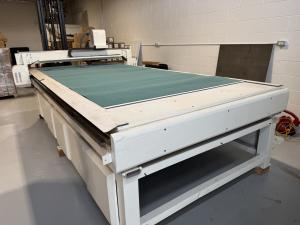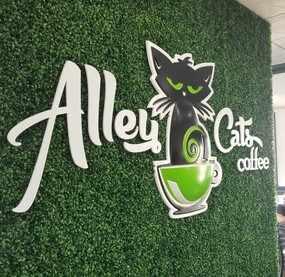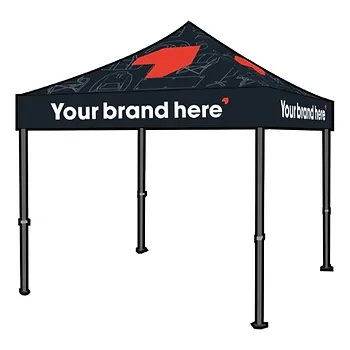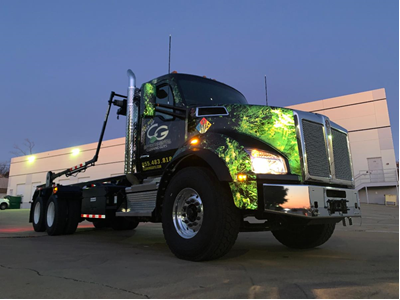Digital Signage: Dynamic communications for food services
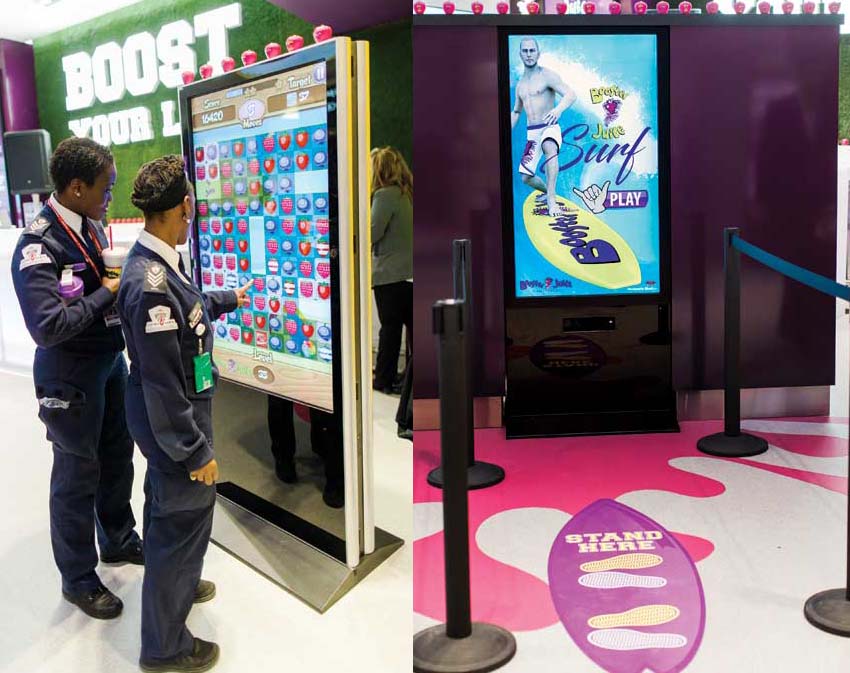
Photos courtesy Booster Juice
Other uses
Once a customer has ordered from a menu board or kiosk, another digital screen can be used to notify them when their meal is ready to be picked up. This screen is also an opportunity to encourage future visits or even promote additional items to motivate the customer to place another order within the same visit.
Digital signs are also commonly installed in dining areas to provide ‘infotainment,’ with a mix of third-party news sources (e.g. sports scores) and first-party branding (e.g. announcing the employee of the month). In restaurants with play areas, interactive technology can turn screens into games. Booster Juice, for example, recently debuted a series of proprietary ‘Fit & Fun Zone’ games at a new concept location in Toronto’s Pearson International Airport.
Also at Pearson, a number of restaurants have brought interactive digital signage right to the table with tablet computers that allow seated customers to place orders themselves, without needing to signal waitstaff. A study by Technomic showed consumers want to see this type of technology integrated into their dining experience if it will speed up the process of getting their meal and paying their bill. (The Pearson tablets offer the added benefit of allowing departing passengers to check their flight status.)
Digital signage can assist in the monitoring and safety of customers. Permanently installed screens offer a physical platform for mounting cameras and even atmosphere monitoring devices, such as smoke detectors. Visual content can include emergency alerts, accompanied by audio when needed.
Also, a digital display that is customer-facing during a restaurant’s hours of operation can become a staff-facing training platform at other times of day. A restaurant franchisor, for example, can use screens across its franchise system to distribute video messages that inform and educate local employees.
Specifying systems
Compared to other environments, a restaurant can be very demanding for digital signage operations, due to long hours of daily use, heat, humidity and airborne particles, among other factors. A screen and its media player will need to be able to withstand long duty cycles and present content flawlessly if they are to deliver their promised business value.
As such, the total cost of ownership (TCO) needs to incorporate capital outlay, operating expenses, warranties, replacements, system redundancies and the ability to monitor and recalibrate performance. A consumer-grade flat-panel LCD, intended for home TV viewing, it typically designed for only four hours of use per day, whereas a commercial-grade panel’s warranty may well cover 18-hour daily use for more than three years.
A conformal coating applied to electronic components can improve the performance and useful life of a display. Some screens have passed rigorous tests for dustproofing and earned ingress protection (IP) ratings accordingly.
The content management system (CMS) software (see page 38) must be carefully selected to ensure centralized control of all technological elements, including display brightness and sound levels, while also preventing breaches of security.
Achieving goals
Food-service facilities can achieve multiple goals simultaneously through digital signage, including merchandising, promotions, branding, ambience and vitality. The medium can establish and reinforce values, engage customers, trigger actions and help modulate the pace of business.
The key is to measure performance, from return on investment (ROI) to return on objectives (ROO), and respond accordingly. If digital signage technology itself is a rocket, then content is the fuel and analytics the guidance system.
“Digital signage content is never a destination,” says Stratacache’s Riegel. “It’s a journey. It moves and changes as the business evolves.”
Lyle Bunn is an independent digital signage industry analyst, advisor and educator based in Brighton, Ont. He has assisted with digital menu, promotion and drive-thru projects for QSRs and other food-service organizations. For more information, contact him via e-mail at lyle@lylebunn.com.

